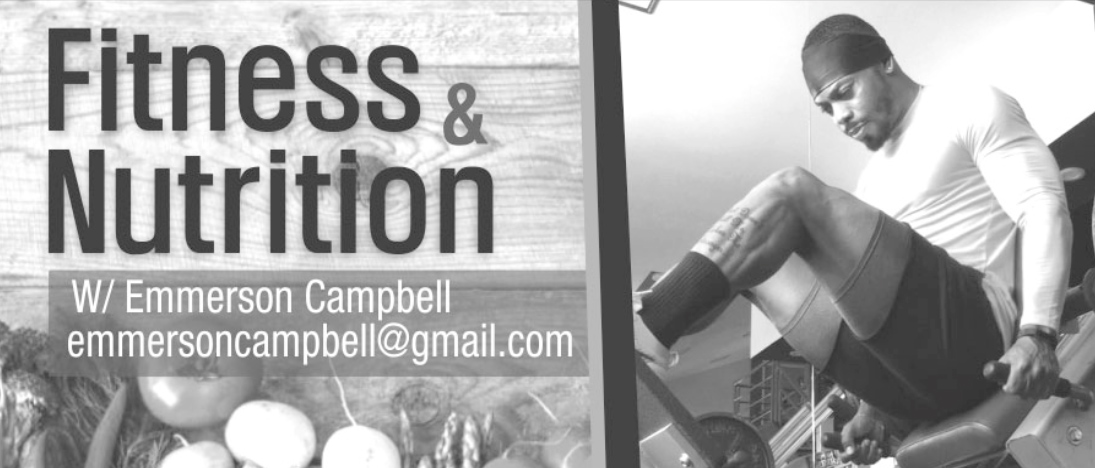Mask mandates are being scaled back and even scrapped in many countries. The world is learning to live with COVID-19 with more people recovering from the virus and returning to their normal life, including their fitness routines. When restarting your workout routine after being infected with COVID-19, there are some things that should be kept in mind.
Start slow and gradually up the intensity
How you should start exercising after COVID-19 depends on what level of activity you were doing before. Most people might want to start off with just a walking programme and gradually build up their walking tolerance.
Once you’ve done that for a few weeks, then you could add in more intense cardio, but not too intense; just so your heart rate is going up a little more than it was with walking.
Since COVID affects the respiratory system, a good way to get started would be with a stationary bike or elliptical machine or engaging in an activity like swimming. If you could do a gradual buildup of intensity over a period of few weeks, tolerate it and continue to feel good, then you can return to your typical workouts.
Because each person’s recovery and return to exercise is an individual experience, you’ll have to monitor your progress closely and pay attention to your symptoms when you work out.
Don’t exercise while still experiencing symptoms
The most important thing for people to remember is not to exercise while still having symptoms — fever, fatigue, shortness of breath. Instead, it is recommended that people wait until they are symptom-free for 7 to 10 days before resuming exercise.
It’s never a good idea to exercise when you’re sick or symptomatic with an active infection.
If you exercise while you have an active viral infection, that may cause the infection to get worse, which could lead to additional complications.
The safest and best way to return to exercise will look different for people with prolonged symptoms. COVID-19 long haulers can have excessive fatigue with normal daily activities, experience daily headaches, and find themselves out of breath doing things like walking up and down steps or even simply walking.
Any return to physical activity should only happen after becoming symptom-free.
Bottom line
The health benefits from being physically active significantly outweigh the risks of not engaging in exercise, post-COVID for many people. If you’re not feeling motivated though, the smallest of steps can help.
If you are lying down and feeling like you have no energy, if you just get up and move a little bit – reach down and touch your toes, or any such move, even just five minutes of stretches and movement, you will feel so much better.






